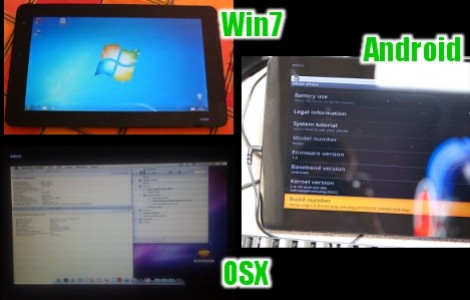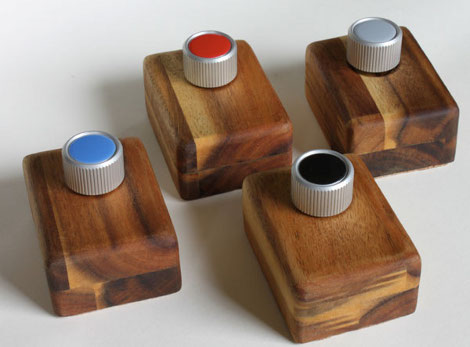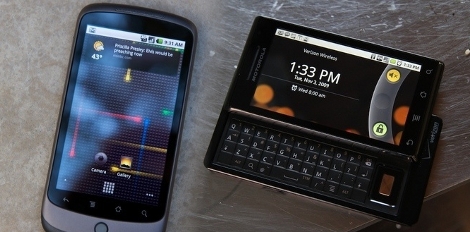
Joojoo hacks are starting to trickle in as non-fanboys get their hands on the iPad alternative. The custom OS forum for the device tells the tale of successful installs of Windows 7, OSX, Android, and Jolicloud.
So far the only one to have a how-to is Windows 7, but we’re sure that will change quickly. When Microsoft’s offering is installed on the device it get about four hours of use per charge which is fairly decent. We’d love to get our hands on one and try it out with Android but the $499 price tag is still a hurdle for us. We’re not saying it’s over priced, as it comes with a lot under the hood. Even at that price we think it blows the aPad out of the water.
[Thanks Andy]












